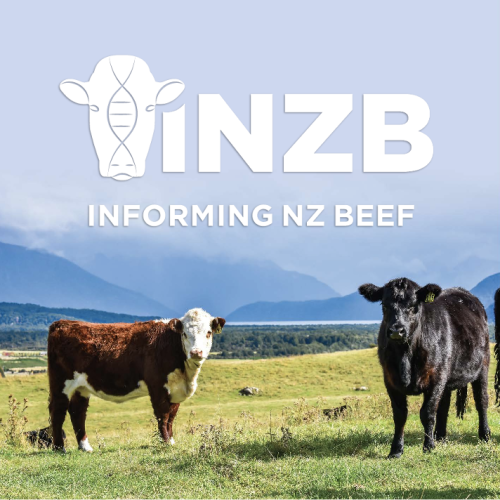Search results
Displaying 211 - 220 results of 1223
- PageMeet your enemies! Learn about the important worm species of cattle – effects on the animal, seasonal pattern, diagnosis, treatment and prevention …
- Resource bookcomputing farmers using farm data workbook name workbook has been updated following completion rmpp red meat profit partnership designed used workshop setting however suitable oneonone use farmers …
- News… two lines are the same, low methane animals grow slightly more wool. One of the key …

- Resource book… water farming relies water stock human health grow pastures forages turn farm management … nitrogen two nutrients contribute algal plant growth waterways too much unwanted algal … rates oxygen important plant animal life thrive levels drop ecosystem health can …
- Factsheet… beet revolution forage crop fodder beet has grown popularity recent years its … makes fodder beet low cost per unit feed crop grow while bulbs have high energy content low crude protein growing pregnant animals protein needs …
- Industry data… overall north island ahead due good early growing conditions after which concerns about … 2024 leading plentiful feed ability grow lambs quickly desired weights … farms had slow spring poor weather has slowed growth lambs region may bottleneck lambs …
- PodcastAnna Boyd (Beef Genetics Operations Specialist at B+LNZ Genetics) shares what they’re doing in that space and why it’s important. For more information, see …

- Resource book… condition score pregnancy scanning lamb growth rates animal health set recipe best … weight condition can promote good placental growth satisfactory lamb birth weights … late pregnancy days 100150 foetal udder growth rapid increased ewe energy requirements …
- Factsheet… consumer awareness preference our products grow know providing platform our meat … them includes grassfed antibiotic hormonegrowth free increasingly looking …
- Factsheet… which emerge from eggs faeces consumed whilst growing calves eating pasture incoming larvae … much cleaner better quality feed calves resowing paddocks leaving them fallow during hot … difficulty breathing affected calves lungworm thrives warmer months liver fluke require …